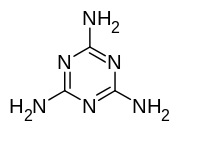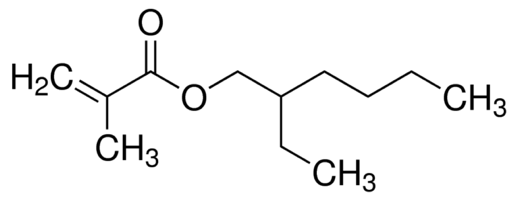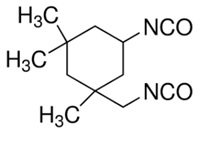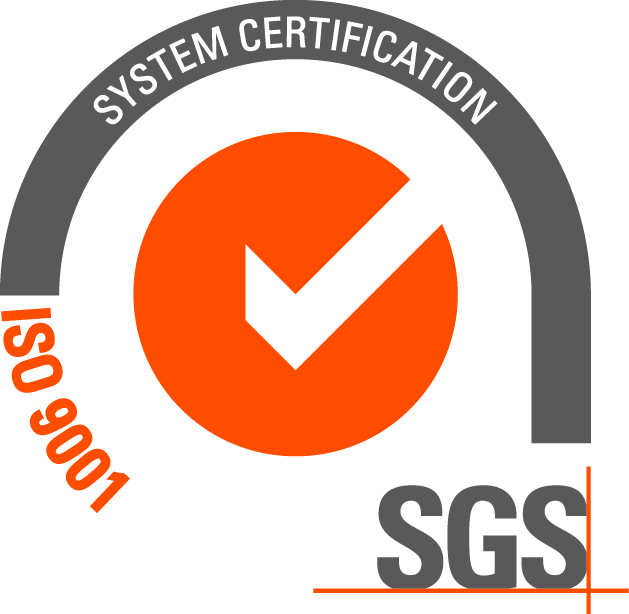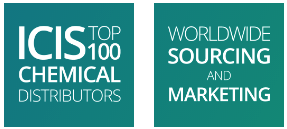Polymethylmethacrylate (PMMA)
Polymethylmethacrylate (PMMA) is a thermoplastic polymer, also known as acrylic or acrylic glass is a transparent and rigid thermoplastic often used in sheet form as a lightweight or shatter-resistant alternative to glass.
Production
Poly(methyl methacrylate) is produced by free‐radical polymerization of methyl methacrylate in mass (when it is in sheet form) or suspension polymerization.
PMMA (Acrylic) polymer has a Refractive Index of 1.49 and a density ranges between 1.17-1.20 g/cm3 which is half less than that of glass.
Our Arpadis PMMA is known on the market as Acryma XT, Acryma CAST and Acryma Granular.
PMMA, like many thermoplastics, is often technically classified as a type of glass (in that it is a non-crystalline vitreous substance) hence its occasional historic designation as acrylic glass. Chemically, it is the synthetic polymer of methyl methacrylate. The material was developed in 1928 in several different laboratories by many chemists.
PMMA is an economical alternative to polycarbonate (PC) when tensile strength, flexural strength, transparency, polishability, and UV tolerance are more important than impact strength, chemical resistance and heat resistance.
Additionally, PMMA is a “BPA-Free” substitute for PC and non-toxic in solid form.
Non-modified PMMA behaves in a brittle manner when under load, especially under an impact force, and is more prone to scratching than conventional inorganic glass, but modified PMMA is sometimes able to achieve high scratch and impact resistance.
PMMA is 100% recyclable, it can be formed into sheets that are used in construction for windows and doors, medical sector, advertising industry and more.
Pure PMMA sometimes does not exhibit the property standards to meet the demand from specific applications, co-monomers, additives or fillers are used to further enhance PMMA properties such as impact resistance, chemical resistance, flame retardancy, light diffusion, UV light filtering, or optical effects. For examples:
- Use of co-monomer methyl acrylate enhances the thermal stability by decreasing the tendency to depolymerize during heat processing
- Plasticizers are added to modify glass transition, impact strength
- Fillerscan be added to modify final material properties or improve cost effectiveness
- Dye can be added during polymerization for UV light protection or impart certain color
PMMA is suitable for processing by injection molding, extrusion XT, extrusion blow molding (impact modified acrylics only), thermoforming and casting CAST.
PMMA sheets are available from 1-25mm and size of 2.05*3.05m in clear, opal and coloured and in different forms and from different processes:
- PMMA granular
- PMMA extruded
- PMMA Cast
Uses
Acrylics sheets are a transparent thermoplastic homopolymer. The material is similar to polycarbonate and is suitable for use as an impact resistant alternative to glass (particularly when the high impact strength of PC is not required). It is generally considered one of the clearest plastics on the market.
Common uses include lenses, acrylic nails, paint, airplane windows, security barriers, medical devices, LCD screens, COVID 19 protection panels and furniture. Because of its clarity, it is also often used for windows, tanks, and enclosures around exhibits.
- Car windows, smartphone screens to aquariums.
- Shatterproof replacement for glass
- Glass roofing, façade design, advertising, automotive headlamps, etc.
- PMMA sheets are used for designing LED lights where it helps maximize light emitting potential
- Acrylic is also available as a filament for 3D printing (typically available as a transparent, white, or black filament).
- Due to its transparency and stiffness, PMMA is also used as 3D Printing material.
- PMMA sheets are used in automotive industry as car windows, motorcycle windshields, interior and exterior panels, fenders etc. Also colored acrylic sheets are used in car indicator light covers. It is also used for windows of a ship because of the salt resistance.
Advantages of PMMA:
- Transparent polymer
- Better scratch resistant vs other clear plastics
- Clarity, Lighter alternative to glass – Excellent light transmission
- High resistance to UV light and weathering,
- Transparency
- Economic substitute for polycarbonate
- Can be cut using laser
- Available in a wide variety of colors
- PMMA can liquefy, which allows them to be easily injection molded and then subsequently recycled.
- Hardness
- Chemical resistance to detergents, cleaners, inorganic acids, alkalies.
- Does not contain or release Bisphenol A (BPA) during hydrolysis
- Low moisture and water absorbing capacity, due to which products made have good dimensional stability.
Arpadis is one of the largest chemical distributor in Europe.
Arpadis is handling the storage, transport, export & import formalities of clear and coloured acrylic PMMA sheets and granular globally.
